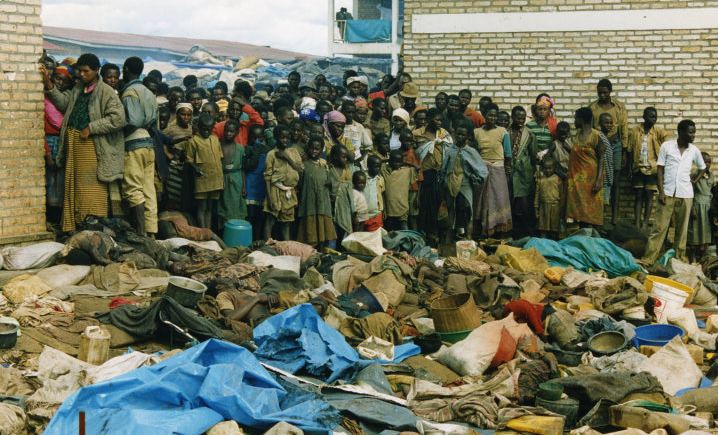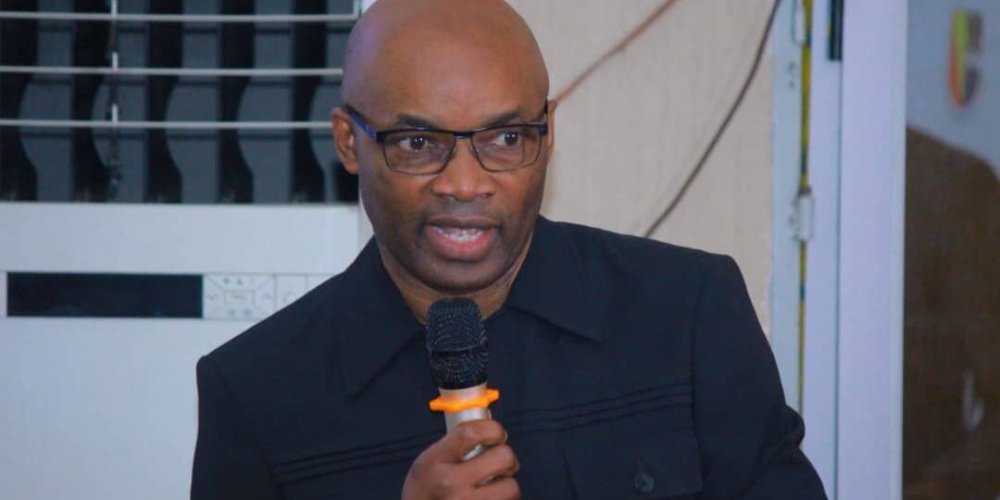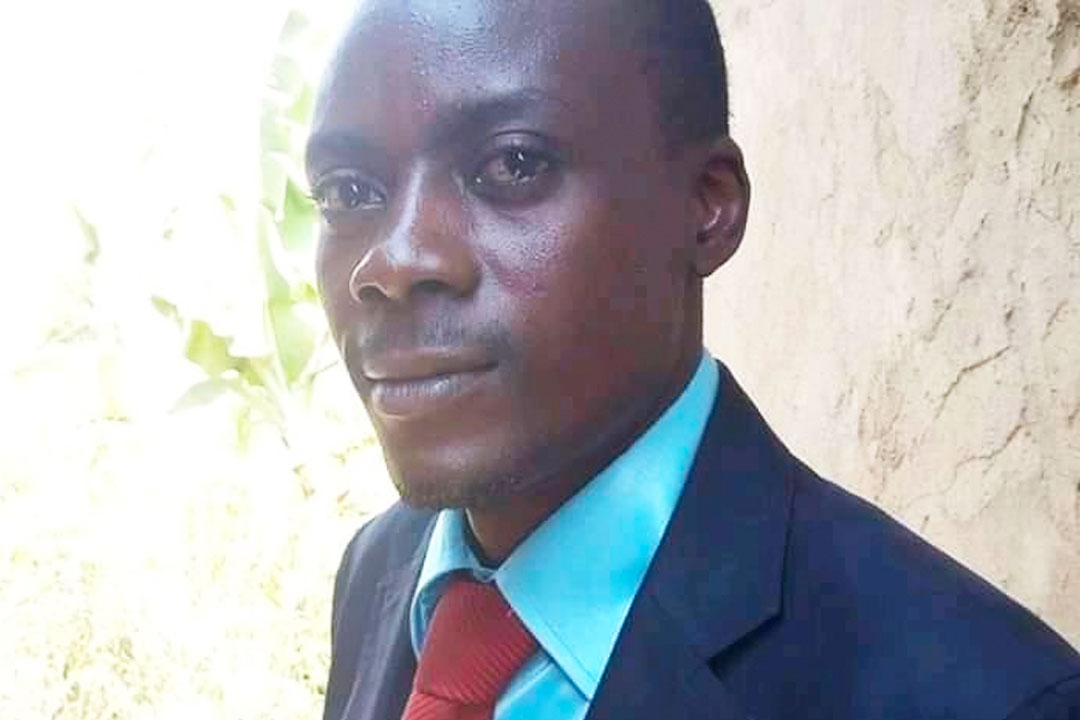In the dawn of the day of April 22nd, 1995, the Rwandan Patriotic Army (RPA) seized the moment to perpetuate one of the largest massacres in the history of the Rwandan tragedy in Kibeho camp, home to more than 100,000 internally displaced refugee.
Kibeho, a small town in southern Rwanda near the city of Gikongoro, is paradoxically the most famous Rwandan town after Kigali. It is known for being the only African place connected to Marian apparition. As such, each year, thousands of Catholic pilgrims flock to this small village on their path to the Virgin Mary. Many of them, however, choose to ignore the dark side of this town’s history.
Known as a holy place, Kibeho naturally became a place of refuge for the vast majority of Rwandan Catholics. Since April 1994, hundreds of Tutsi had perished at the holy place trying to flee the violence of the Interahamwe militia. One year later, Kibeho became the scene of mass killings of displaced Hutu who feared returning to their homes after the country had been conquered by the RPA.
The origin of the slaughter
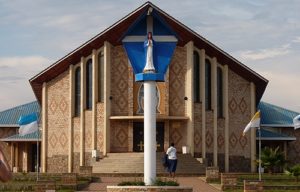
Since the horrific events that took place in April 1994, Rwanda has been a wounded nation. Nearly a million people were murdered, more than two million fled Rwanda towards neighboring countries as the RPA was winning the war. Another large number of people stayed in Rwanda and some of them were internally displaced. After the Rwandan Political Front gained power, one of its first demands was to request the UNHCR to close all internal camps at the end of 1994. However, the rebels, having seized the control of the country, did not wait for the ultimatum they had set, as according to a statement released by UNAMIR, the RPA, RPF soldiers, opened fire in the Musange camp, north Gikongoro, causing deaths and injuries on 10 – 11 November 1994. Another attack was launched on the small camp of Busanze where 4000 people seriously suffered on the 6th and 7th of January 1995.
Despite the authorities’ campaign to convince displaced refugees to voluntarily return to their homes, many refused to comply. Post-genocide Rwanda was in a state of lawlessness in which people were imprisoned or killed on a daily basis. Farmers who would have preferred the comfort in their home, instead chose safety at the camps.
In April 1995, several camps were dismantled, some by force, others in a peaceful manner. Nevertheless, the vast majority of the refugees were afraid to return home. Many of them went to seek refuge in the camp of Kibeho. Eventually, the camp accumulated 100,000 to 150,000 people. A team of Doctors Without Borders, one doctor, two nurses and a logistician, organized sanitary and health programs supported by Rwandan staff. The ICRC was responsible for the distribution of food and UN soldiers were present as part of the United Nations Assistance Mission for Rwanda (UNAMIR). Despite the seemingly peaceful atmosphere at the camp, the refugees at the time feared a violent RPA military raid at the camp, a fear shared by UN observers having understood that Rwandan authorities had irrevocably decided to close all remaining camps.
The government in Kigali, having declared internal camps an arsenal of weapons, sent a force of 2,000 RPF soldiers and 1,800 UNAMIR peacekeepers to raid the camps of Kibeho and Ngabo and impose a 24-hour curfew and retain all weapons. As a result of the operation, 40 people were arrested and no weapon was discovered. The UN investigators seized thousands of agricultural tools, which were common tools for ordinary Rwandan farmers.
Kibeho, the last stronghold of displaced
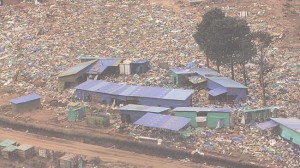
After the first commemoration of the genocide, the RPA led by Colonel Fred Ibingira, began to send troops in the surrounding of the camp of Kibeho, on April 12, 1995. After penetrating into the camps of Rwamiko where 5000 people lived, an estimated 2,500 RPA soldiers continued into the camp of Ndago (40,000 inhabitants), Munini (15,000) and finally Kibeho (100,000). In the morning of April 18th, the RPA had gathered refugees who have been removed from their shelters on a small hill without water, food nor latrines. The troops would kill any individual who would try to save his life by escaping towards a demarcated area.
During the period of 19 to 21st of April, volunteers of Doctors without Borders, Oxfam and UNICEF requested the peacekeepers to intercede the killings and ensure the protection of civilians, but their requests were in vain. In return, the RPF soldiers continued to shoot those trying to flee.
The Apocalypse of April 22nd
Under the eyes of a half dozen UN agencies, 3,3000 peacekeepers and nearly 120 international NGOs, 2,500 RPF soldiers used automatic weapons, rocket launchers and grenades to kill mass of refugees. The UN estimates that nearly 8,000 men, women and children were murdered. Some of the civilians who were present as the tragedy took place, and the CNN, estimate about 25,000 victims.
In less than an afternoon, the RPF troops killed nearly as many people as those killed in Srebrenica, a carnage which is now considered the largest massacre in Europe since World War II, and have vindicated the establishment of an International Criminal Court.
Hell on earth
Since the massacre of Kibeho, there are only a few testimonies from some humanitarians or UN soldiers who participated in UNAMIR. Historian and sociologist Claudine Vidal cites the testimonies of peacekeepers on the Kibeho massacres in one of her articles:
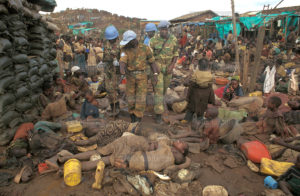
‘’The shooting resumed around 2:30 p.m. and continued for several hours. Rwandan soldiers, indifferent to the presence of peacekeepers and people from Doctors without Borders, mounted the wall of the building and was taking away crows of people. The soldiers used mini rocket launchers (RPG), grenades and Kalashnikovs.’’
Thierry Pickard, one of the Australian soldiers present at the site and who was, at the time, member of an Australian medical team, as part of UNAMIR has written a book about his experiences. He explains: ‘’The RPF soldiers were killing the survivors of the bombings with bayonets to spare their bullets. In this massacre, no one was spared. Even babies on the backs of their mothers were killed. Others had their throats cut. It is the first time in my military life that I saw men become shooting targets as in military exercises.’’
20 years later… nothing?
Now, 20 years later, it is ‘radio silence’ on the part of the Rwandan authorities. At this time of the 21st commemoration of the Tutsi genocide, the 20th commemoration of one of the bloodiest massacres of Rwandan history that took place in Kibeho goes unnoticed in Kigali. Rwandan associations based outside Rwanda are the only ones commemorating this sad anniversary. Jambo ASBL in partnership with Global Campaign for Rwandans Human Rights (GCRHR) have called for justice to the victims of Kibeho massacres and on the UN to establish ‘’a day of reflection on the massacres in Kibeho, to ensure that never again, the displaced will become victims of massacres in camps where they are supposed to find refuge’’.
For its part, the Centre for Combating Impunity and Injustice in Rwanda issued a statement in which it expresses regret that the victims of Kibeho and Kasese (April 22, 1997, DRC) are still forgotten to this day.
Since 1990, Rwandan history encompasses hundreds of dramatic episodes marked by massacres of innocent people. Undoubtedly, Kibeho was one of those. For 20 years, the slaughter that took place in full sight of the international community has been minimized by Rwandan authorities. Starting with the Rwandan president at the time, Pastor Bizimungu, who, at the sight of thousands of corpses, dared to declare that there were ‘’only’’ 200-300 victims. In the same line, then Prime Minister Faustin Twagiramungu, defended the RPF army saying it was ‘’definitely a response of self-defense against violent actions of the displaced’’. As for the international community, despite its physical presence when the tragedy took place, it never ordered any investigation to shed light on the events that took place in Kibeho.
Faced by pressure from Human Rights organizations, Rwandan authorities held a mock trial in December 1996 where Colonel Fred Ibingira, then leader of the government troops in Kibeho, was tried and acquitted of murder charges and the use of weapons without prior orders. He was solely convicted for not having been able to ‘’prevent crime through preventive and immediate action” and was sentenced to 18 months imprisonment and a fine of 30 US dollars. However, Ibingira did not serve those 18 months as according to Kigali authorities, he had already spent 20 months in custody.
Today, this tragic episode has been kept silent. The Rwandan government has officially only recognized 338 victims, ‘’mostly Interahamwe militia and former genocidaires”. The massacre that took place in Kibeho in 1995 remains a non-existing event for the Rwandan authorities. The current regime in Rwanda has managed to falsely represent the slaughter that took place in Kibeho as a military operation that slightly escalated in history and curricular books. As such, thousands of children, women and men have indeed become forgotten in Rwandan history.

